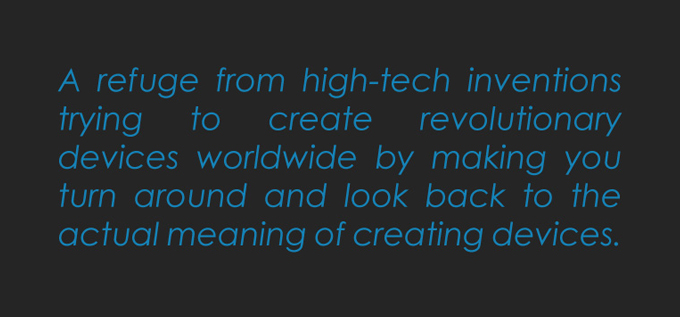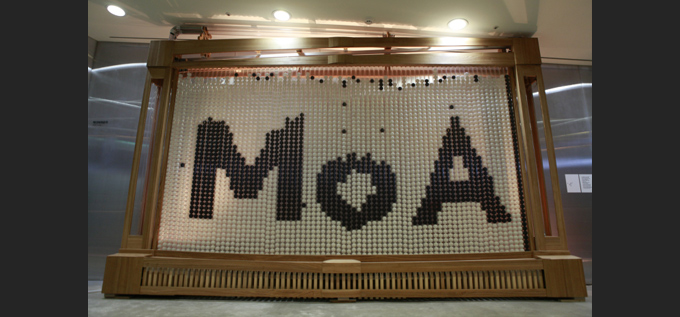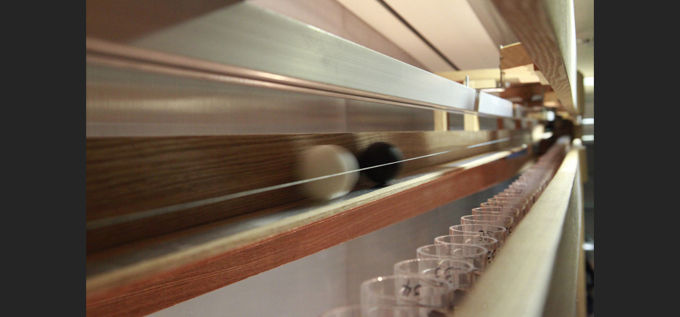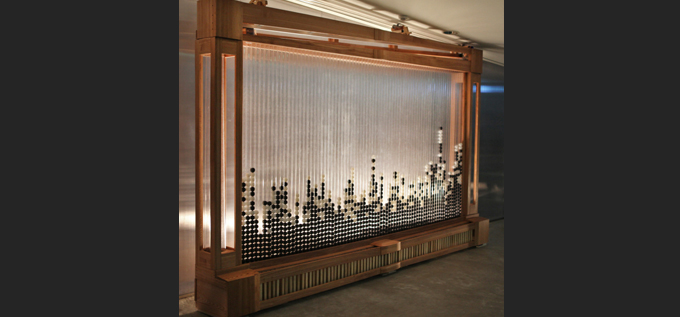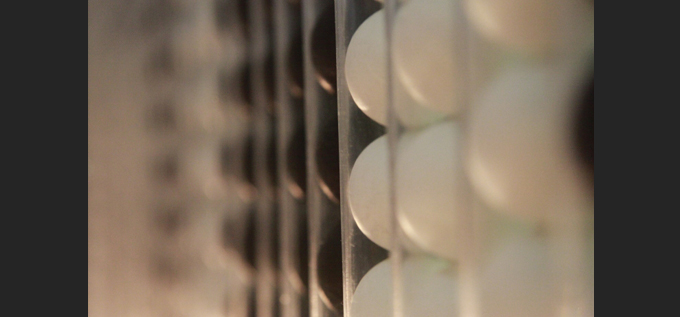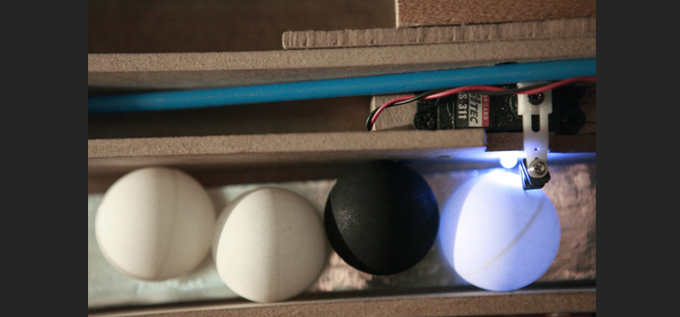YUNSIL HEO
R: The mechanism through which a sentence on paper reaches your retina falls on at least one of the following scenarios: It’s the light reflected by the ink molecules that were absorbed through the capillary fibers of the pulp of the paper that you’re holding. Or it is the visible light which was originally a beam of electrons that was bent and fluoresced by electromagnetic forces. Or it is the sum of lights that just passed through the barriers of liquid crystal molecules. Or it may have come from tiny little light bulbs that illuminate through plasma discharges. One certain fact is that you don’t imagine any of these situations described above when you read a sentence like this one. But that is until you stand in front of the piece “R”.
Like inspecting the internal structure of a clock through a magnifying glass, whilst witnessing a delicate micro symphony of tiny little mechanisms, gears and windup springs, when you are in front of “R”, you’ll find yourself experiencing the elaborate procedures that humankind have invented to make a soulless machine draw a picture in itself. “R” is a giant wooden kinetic sculpture made of thousands of hand-carved components. It constructs an image with thousands of black and white ping-pong balls, reminiscing the Altamira cave paintings as much as the more recent splendid images a light emitting diode matrix displays. It is like a refuge from the furious competition of high-tech inventions trying to create revolutionary devices worldwide by making you turn around and look back to the actual meaning of creating devices that create images. The piece works in two ways- in passive mode it constructs ready-made images by stacking up black and white ping pong balls in predefined orders. In interactive mode, the piece detects human activity nearby itself and drops the balls accordingly. Over time multiple spread dots of black ping-pong balls accumulate imagery and reflect surrounding activity, whilst leaving traces of visitors passing by.
BIOGRAPHY:
Yunsil & Hyunwoo are new media artists exploring intuitive and fun communications between the real and virtual worlds. They have been exhibiting their works at festivals and galleries including Siggraph 2008 (Los Angeles), Ars Electronica Center (Linz, Austria), the National Art Center Tokyo, Incheon Digital Art Pavilion (Incheon, Korea) and Victoria & Albert Museum (London).
Hyunwoo earned his PhD in mechanical engineering from Seoul National University and worked as a post-doctoral fellow at UCLA. Now he is an assistant professor at Seoul National University.
Yunsil graduated from the MFA program of the Dept. of Design | Media Arts at UCLA and researches on a PhD at Seoul National University. She operates an interactive media design company, New Media Lab Inc. in South Korea.
